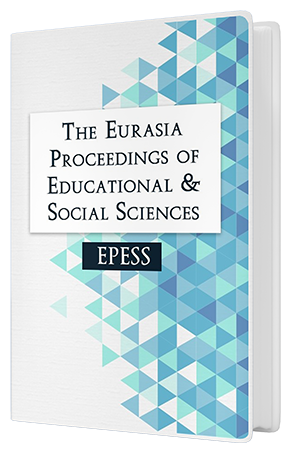Preparing Flood Victims for Emergency House Evacuation
Keywords:
Flood, Evacuation, TrainingAbstract
Remarkable confrontations arose from natural disaster, are considered as the mankind natural reactions. In this study, flood evacuation is treated as the systematic process to react against this nature’s anger. Unfortunately, little is considered through the qualitative lens to understand human behavior for Emergency House Evacuation (EHE) during the flood. In this study, preparing the residents is examined as to manage their behavior to evacuate their house during a flood. Methodologically, qualitative study is conducted to discover different components of EHE. Thirty-five victims participated as the key informants to reflect the different components of EHE and employing thematic method of analysis to develop and explore the components representing different views of the victims. EHE is seen to comprise three sequential components of predicting (A), controlling (B), and action (C) with nine secondary-level dimensions. These dimensions relating to the predicting are: estimating, discriminating, and timing. Two dimensions relating to the controlling are closing entries and disconnecting utilities. Four dimensions relating to the action are equipping, collecting, recognizing, and leading, respectively. Consequently, timing as one of the dimensions of predicting, is presented as the turning point of the process, which determines the sequence of the EHE process from the sequence of ABC to AC. Evidently, an emerged model of the study is accentuated to use in order to reduce the tension during EHE, which helps the victims to accelerate the process of evacuation at the maximum level of safety and confidence in the imposed situation.Downloads
Published
Issue
Section
License
Copyright (c) 2018 The Eurasia Proceedings of Educational and Social Sciences

This work is licensed under a Creative Commons Attribution-NonCommercial-ShareAlike 4.0 International License.
The articles may be used for research, teaching, and private study purposes. Any substantial or systematic reproduction, redistribution, reselling, loan, sub-licensing, systematic supply, or distribution in any form to anyone is expressly forbidden. Authors alone are responsible for the contents of their articles. The journal owns the copyright of the articles. The publisher shall not be liable for any loss, actions, claims, proceedings, demand, or costs or damages whatsoever or howsoever caused arising directly or indirectly in connection with or arising out of the use of the research material. All authors are requested to disclose any actual or potential conflict of interest including any financial, personal or other relationships with other people or organizations regarding the submitted work.




